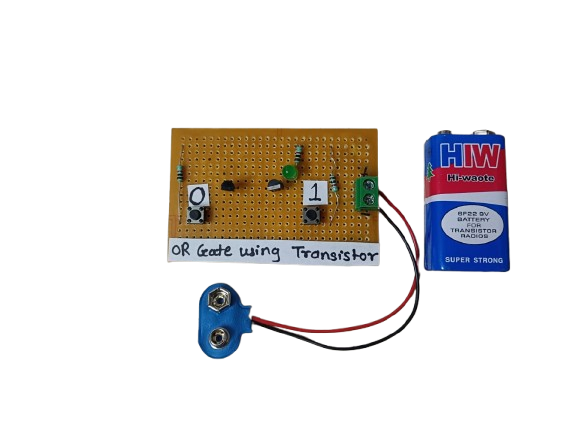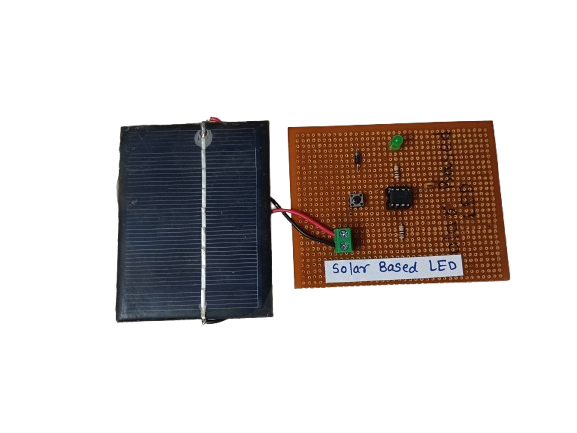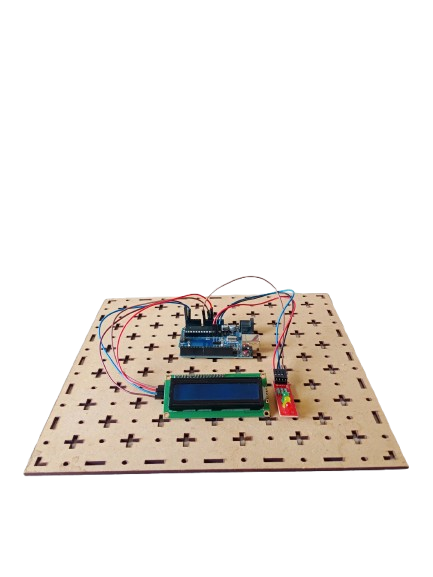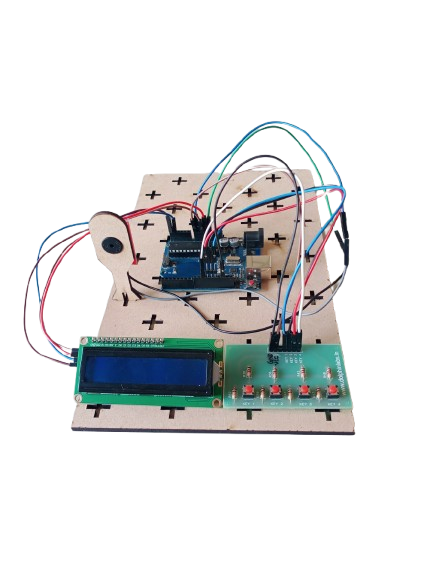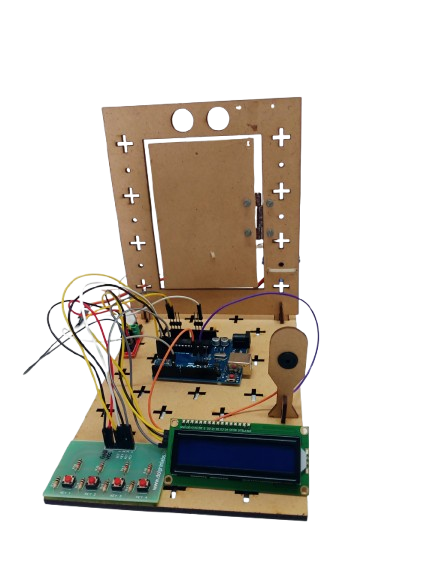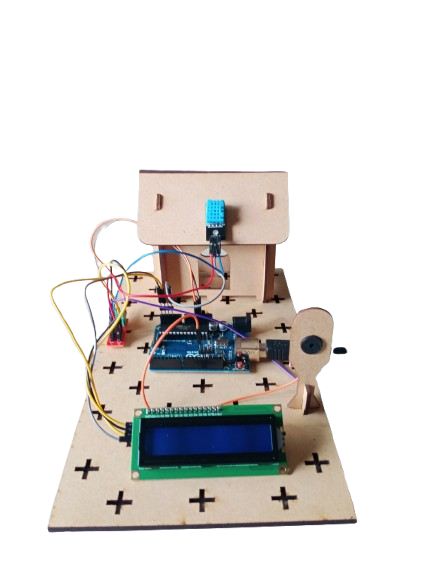Digital Piano
₹1,400.00
In StockA DIY digital piano built using Arduino, an 8-key keypad, and a speaker, allowing users to play musical notes by pressing the keys.
Description
This project implements a Digital Piano using an Arduino, an 8-key keypad, and a speaker. Each key on the keypad corresponds to a specific musical note, and when pressed, the Arduino generates the corresponding tone through the speaker using the tone() function. The system allows users to play simple melodies, making it an ideal project for music enthusiasts, beginners, and interactive sound applications.
Features: Real-time Sound Generation
Compact and Low Power Design
Customizable Notes & Sound
8-Key Musical Interface
Applications: Music Therapy & Relaxation
Embedded Sound Applications
Learning & Education
-
An OR gate using transistors is a basic logic circuit built using NPN transistors that performs the logical OR function. It gives a high output when at least one input is high. This is a fundamental building block in digital electronics and can be implemented using discrete components like transistors and resistors.
₹145.00 -
A Flip-Flop LED Flasher is a simple electronic circuit that alternately turns two LEDs on and off in a continuous loop, creating a blinking or “flashing” effect. It’s commonly built using transistors, resistors, capacitors, and LEDs, forming an astable multivibrator — a basic circuit that oscillates between two states without any external triggering.
It’s often used for decoration, indicators, or learning basic electronics.
₹175.00 -
A solar-based LED system is a lighting setup that uses solar energy to power LED (Light Emitting Diode) lights. During the day, a solar panel captures sunlight and converts it into electrical energy, which is stored in a battery. At night or in low-light conditions, this stored energy powers the LED light.
These systems are eco-friendly, cost-effective, and ideal for off-grid or outdoor applications like street lighting, garden lights, and emergency lighting.
₹250.00 -
A Traffic Light Signal is an electronic project designed to manage vehicle and pedestrian traffic at intersections. Using Arduino, LEDs (Red, Yellow, Green), and an LCD, the system simulates real-world traffic light behavior, displaying signal changes with appropriate timing. This project demonstrates traffic management, embedded system programming, and microcontroller-based automation.




